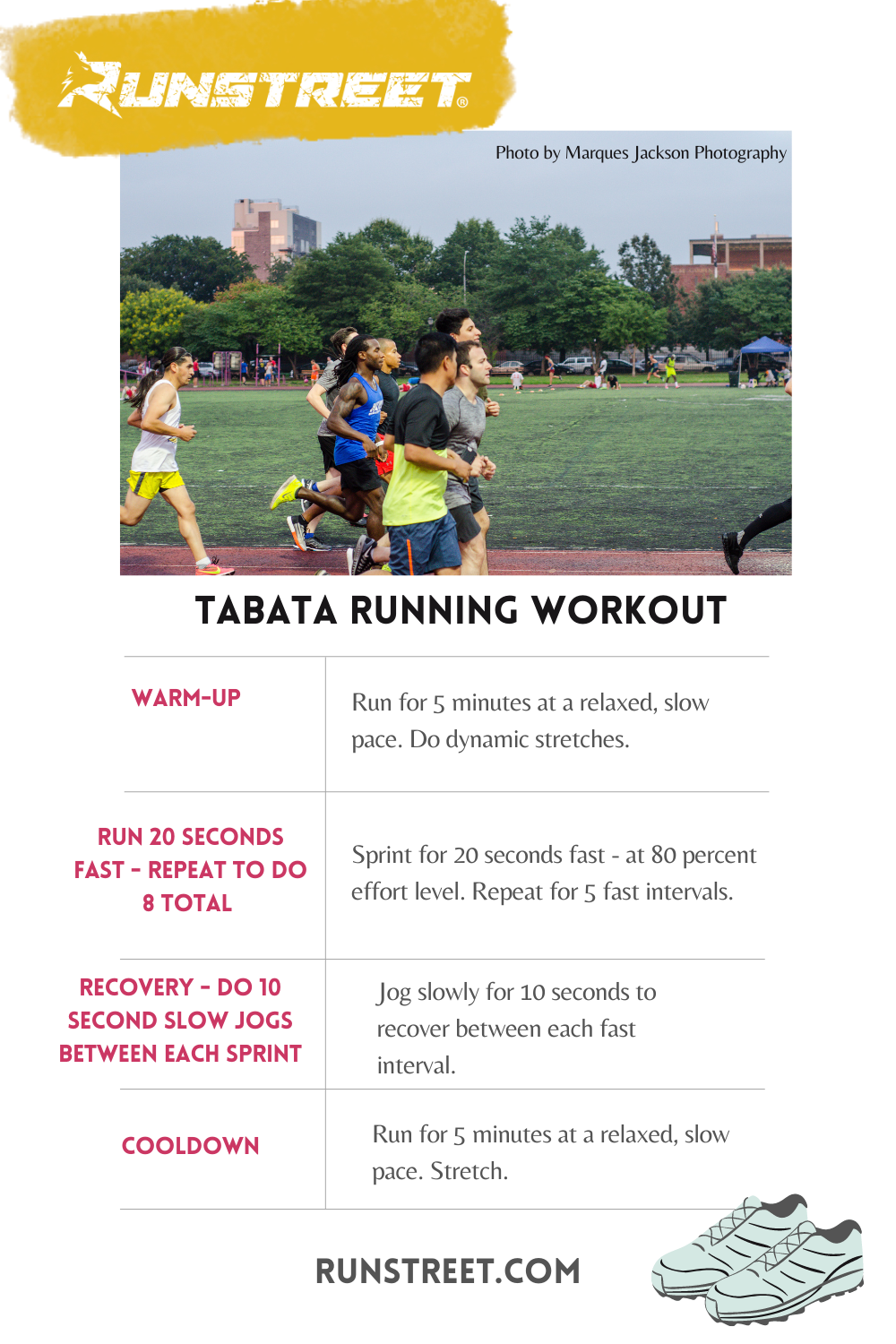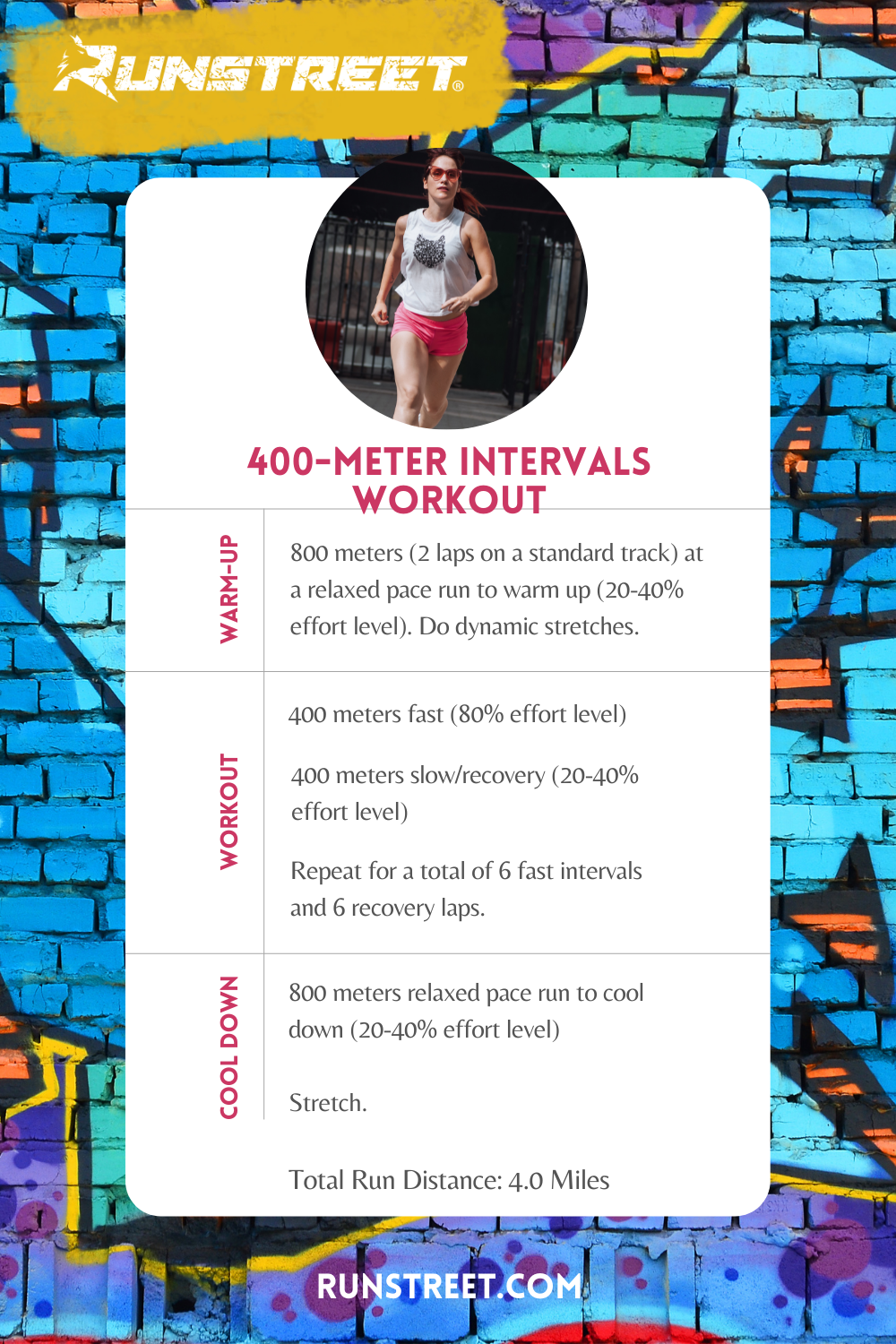Master Your Running Workout: Reliable Strategies for Success
Master Your Running Workout: Reliable Strategies for Success
Blog Article
Just How to avoid and Take Care Of Discomfort in Operating: Professional Tips and Guidance
The quest of that jogger's high can often be prevented by the undesirable companion of discomfort. There exist tried and tested techniques and experienced recommendations that can aid reduce and take care of these discomforts, permitting you to focus on the happiness of running itself.
Importance of Appropriate Shoes
Proper footwear plays a crucial function in preventing and handling pain for runners, as it significantly influences their convenience, performance, and general foot wellness. When it concerns running, using the right footwear can make all the difference. Uncomfortable or inappropriate shoes can result in a host of issues such as sores, shin splints, plantar fasciitis, and much more serious injuries like anxiety cracks.
Picking the correct running shoes includes taking into consideration factors such as foot type, gait mechanics, running terrain, and personal preferences. Runners with high arches may need more cushioning and support, while those with flat feet may take advantage of stability shoes. Furthermore, comprehending pronation (the internal rolling of the foot) and supination (the outward rolling of the foot) can assist in selecting footwear that offer the appropriate level of arch support.
Spending in quality running shoes that are suitable for your individual needs can help prevent pain and pain while improving your running experience. Focusing on appropriate footwear is not nearly efficiency yet additionally regarding securing your foot health and wellness over time.

Effective Workout Strategies
Shoes choice is just one aspect of preparing for an effective run; an additional vital aspect is executing effective workout methods to enhance efficiency and reduce the danger of injury. A vibrant warm-up routine prior to a run aids enhance blood circulation to the muscle mass, improves adaptability, and improves the series of motion of the joints. Dynamic extends like leg swings, high knees, and hip circles are advantageous in preparing the body for the physical demands of running. Progressively boosting the intensity of the warm-up workouts can assist activate the muscular tissues and enhance neuromuscular coordination.
In enhancement to dynamic stretches, integrating some light cardio workouts such as jogging or missing rope can even more boost the heart rate and heat up the body. This combination of vibrant stretching and light cardio helps loosen limited muscular tissues, oil the joints, and mentally prepares the jogger for the upcoming workout (running strategy). By making warm-ups a regular part of your running routine, you can dramatically decrease the threat of injuries and perform at your finest throughout each run
Key Stretching Workouts
When preparing for a run, integrating vital stretching exercises is important to enhance muscle mass adaptability and prevent injuries - Read More. Dynamic extends such as leg swings, high knees, and hip circles are advantageous for heating up the muscles and boosting variety of movement prior to a run. These movements assist boost blood flow, loosen tight muscular tissues, and prepare the body for the activity ahead
Fixed stretches like calf bone stretches, hamstring stretches, and quadriceps stretches ought to comply with a go to assist in muscle mass healing and prevent rigidity. Holding each go for 15-30 seconds allows the muscular tissues to loosen up and lengthen, lowering the threat of post-run soreness and potential injuries.
Furthermore, including yoga exercise poses like downward canine, pigeon present, and back spins can target multiple muscle groups at the same time, promoting general versatility and toughness. Regular extending regimens not just boost efficiency yet also help in maintaining excellent running form and stopping overuse injuries. Bear in mind, appropriate extending techniques are vital for a secure and enjoyable running experience.
Recuperation and Rest Approaches
After finishing a run, carrying out efficient recovery and remainder methods is vital for optimizing performance and minimizing the threat of injuries. Furthermore, incorporating remainder days into your training schedule is essential to protect against overuse injuries and exhaustion.
Energetic recovery strategies such as gentle stretching, foam rolling, and yoga exercise can help enhance blood circulation, decrease muscle mass soreness, and improve flexibility. It is likewise helpful to focus on hydration and nourishment post-run to restore electrolytes, glycogen stores, and promote muscle mass healing.
Cross-training tasks like swimming or biking can provide a break from the repetitive effect of running while still keeping cardio health and fitness - running workout. Listening to your body and acknowledging when it needs a break is essential to stop chronic injuries and making certain long-term running success. Keep in mind, rest is not an indication of weak point yet a vital part of a well-shaped training routine
Cross-Training Benefits

It enables you to function on different facets of physical fitness that might not be targeted solely via running, leading to a more balanced and versatile athlete. Furthermore, cross-training can aid enhance running effectiveness by dealing with muscle discrepancies and weak points that might impede efficiency.
Verdict
Finally, correct footwear, warm-up methods, extending exercises, healing approaches, and cross-training are crucial components in stopping and managing pain in running. By integrating these techniques right into your routine, you can reduce the danger of injury and pain while taking full advantage of efficiency and satisfaction of the sporting additional info activity. Read More. Keep in mind to pay attention to your body, prioritize rest and recuperation, and look for professional guidance when required to guarantee a secure and efficient running experience
Report this page